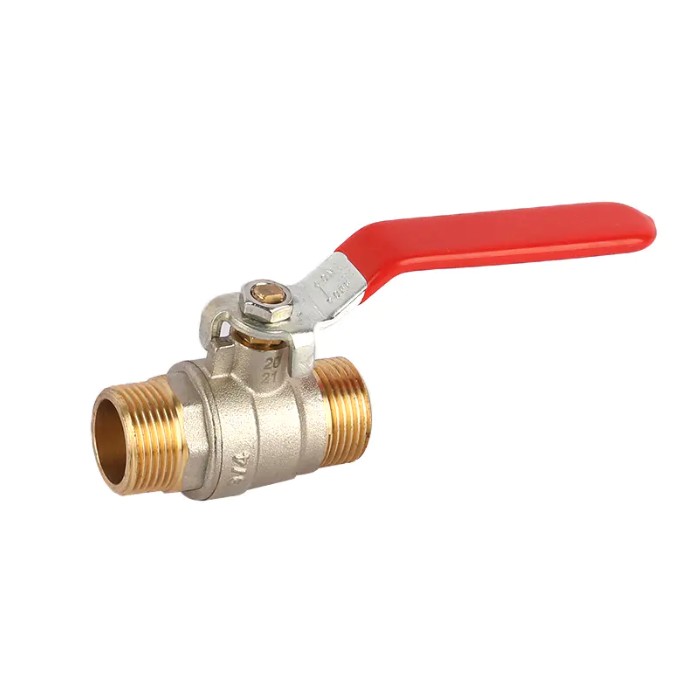One of the key contributions of
valve and fittings advancements is their ability to facilitate efficient flow control within industrial systems. Valves act as control devices that regulate the flow of fluids or gases within pipelines or process equipment. Advanced valve designs incorporate features such as optimized flow paths, precision machined components, and streamlined internal geometries. These advancements enable precise control over flow rates, pressure levels, and direction, ensuring optimal performance and efficient operation of industrial processes. By providing accurate and responsive flow control, valve advancements contribute to improved system performance, enabling industries to achieve desired process outcomes with greater precision and consistency.
advancements in valve and fitting technology have led to significant improvements in leak prevention. Leakage is a critical concern in industrial applications, as it can lead to product loss, environmental hazards, and compromised system performance. Modern valve and fitting designs integrate robust sealing mechanisms, such as resilient seals, gaskets, or packing materials, that effectively prevent leaks. Additionally, advancements in sealing technologies have led to the development of reliable and durable materials that offer superior resistance to wear, temperature, and chemical exposure. The improved sealing capabilities of valves and fittings contribute to leak-free operations, ensuring system integrity and minimizing the risk of costly disruptions or safety hazards.
valve and fitting advancements have focused on enhancing corrosion resistance, particularly in industries where exposure to aggressive or corrosive substances is common. Corrosion can degrade the performance and lifespan of valves and fittings, leading to leaks, reduced flow rates, and eventual system failures. Manufacturers have responded by utilizing corrosion-resistant materials such as stainless steel, brass, or specialized alloys that offer superior resistance to chemical attack and rust formation. These advancements in materials, coupled with protective coatings and surface treatments, ensure that valves and fittings can withstand harsh operating conditions, extending their longevity and maintaining reliable system performance.
valve and fitting advancements have led to the development of specialized designs and features that address industry-specific requirements. For example, industries such as oil and gas, petrochemicals, and power generation demand valves and fittings capable of handling high pressures, extreme temperatures, and abrasive media. Advancements in valve design and materials have resulted in the creation of rugged, high-performance valves that can withstand these demanding conditions. Similarly, industries that require frequent maintenance or system modifications benefit from the introduction of quick-connect fittings, modular designs, or tool-less assembly features. These advancements simplify installation, reduce downtime, and enhance system flexibility, ultimately contributing to improved overall performance and operational efficiency.
valve and fitting advancements have embraced smart and intelligent technologies, enabling remote monitoring, diagnostics, and automation. The integration of sensors, actuators, and communication protocols into valve and fitting systems has transformed them into integral components of the industrial Internet of Things (IIoT). Smart valves and fittings can collect real-time data on parameters such as flow rates, pressure, temperature, and actuation status, enabling condition monitoring and predictive maintenance. This data-driven approach allows industries to optimize system performance, prevent failures, and schedule maintenance activities proactively. The utilization of smart valve and fitting technologies improves reliability, reduces downtime, and enhances overall system efficiency.

